The body of a chicken clearly reacts to seasonality and molting in laying hens is a natural process. Like a man, a bird prepares for winter. She is changing her old, leaky “dress” for a new one, and she needs help with this.
How long does molting last for laying hens
After a period of intensive egg production, which falls in spring and early summer, the bird gradually begins to lose its feather. This is an autumn molt. Despite the name, it may not coincide with the calendar autumn, but may begin in August.
During this period, chickens:
- begin to lose their pen;
- the nest less ;
- reduce or even stop laying eggs.
When do laying hens begin to shed?
The period of intensive egg production lasts until August. At this time, the day is quite long, the night is short, the diet is provided with highly nutritious vitamin feeds. Further, the day becomes shorter and the night longer, and the bird reacts to this by preparing for the winter period.
Since nature has thought of everything to the smallest detail, the loss of feathers does not occur at one moment. This is a gradual process. The poultry breeder, examining the poultry house, begins to notice a slight increase in the fallen plumage. If the diet is balanced, then chickens can shed gradually and not lose much productivity. They will not have intense feather loss.
If the diet is poor in proteins, then the chickens stop laying. At the same time, it is clearly noticeable how feathers fall out on the back. The color of the plumage becomes dull, the feather is brittle, short, dirty. The chickens are looking unkempt.
Diet for shedding
How to treat naked chickens? This is not necessary, since this is the normal state of the feathered. But to help overcome the molting period, without reducing egg production, the poultry farmer is able to.
Feather is made up of protein (amino acids). Proteins will also go to its formation. For good egg production, the diet should be high in protein. Therefore, the diet should be rich in protein.
When figuring out what to feed during molting, animal feed should be taken as a basis:
- meat and bone meal;
- fishmeal;
- blood meal;
- feather flour;
- waste of dairy products (skip, whey);
- slaughterhouse waste (minced meat for animals).
You can not balance the diet of chickens with only one component from the listed list. Feeding all the ingredients at 1-2 grams can easily restore the balance.
If this is not possible, walk the bird. Pasha, open space, the place where the chicken itself will find food of animal origin:
- worm;
- larvae;
- insects;
- slugs.
How to speed up molting in laying hens
If the chickens began to molt, feathers fall out on the neck and back, but the process is delayed, then they need help. For this, forced molting is carried out. For a beginner poultry farmer, this is a novelty, but experienced ones hold such an event every year.
Poultry farms used to practice coercion, but the latest trend is that as soon as the bird gives the main egg, it is culled and completely replaced with young ones. However, especially valuable specimens lend themselves to molting.
At home, you need to think in advance what to do and how to organize the event. It is important to determine the temperature. If the day is very hot, then the procedure is delayed until the end of September. Then proceed as follows:
- The bird is closed in the chicken coop in the evening;
- Windows, vents, any openings are curtained so that light does not penetrate;
- Feed and water are removed from the chicken coop;
- The poultry house is closed for 3-4 days.
After a while, early in the morning they open the chickens and observe an interesting picture - the floor is covered with a feather. Further, the bird will continue to lose feathers for some time, and then become bald. For beginners, the picture is strange and the question arises, how does the molt go? The mechanism is simple - the bird reacts to stress in this way.
Food after shedding
After opening the chicken coop, the bird is immediately provided with clean water. At this point, you can slightly acidify it - for 1 liter of water - 3-4 g of citric crystalline acid. The approach to the drinkers should be free and constant, and the drinkers themselves should be in sufficient quantity.
From cereals you can feed:
- corn;
- wheat
- buckwheat waste.
Feed of animal origin, listed above, must be present in the diet.
A necessary component is juicy food:
- legumes;
- grated beets;
- pumpkin;
- cabbage leaf.
Protein Supplements
If there is not enough animal feed, then it is advisable to introduce premixes into the diet. This supplement contains a set of essential amino acids.
The manufacturer when labeling describes:
- compound;
- the amount needed per day per head;
- frequency of feeding;
- injury conditions.
Premixes may vary in composition. When purchasing it, you should pay attention that the basis should be methionine. It is this amino acid that is responsible for optimal protein synthesis in the chicken body.
Feather loss - pathology
Feather loss in a chicken is not always a physiological norm. The reasons for the loss of feathers in laying hens can be different:
- physiological old age;
- violation of feeding (mineral, protein, vitamin);
- violation of conditions of detention;
- parasite attacks (downy eaters, mites)
Industrialists do not keep chickens for more than one year due to economic disadvantage. But at home, chickens often live 2, and t and 3 years. Under such circumstances, feather loss is normal.
If chickens are kept in cramped conditions, humidity, then the plumage becomes dirty, fades and falls out. With a cage content, the norm is 5 chickens per square meter of cage area.
Insects may be the cause. Diagnosing the disease is easy - you need to examine the bird.
If the feather-eaters live on a chicken, then a tick on the body of a bird can not be seen, but the harm is enormous. The tick moves to the bird at night, to suck blood, and with the onset of the morning it goes to the wooden surfaces of the cage and to secluded places. A hungry tick is white (transparent), a full one is red.
When attacked by parasites:
- the bird loses its feather;
- does not rest;
- worries;
- reduces egg production;
- the young stop growing.
Methods of dealing with parasites will also be different. In case of downy eaters, it is necessary to use acaricidal preparations on poultry (powders, sand baths, aerosols). When settling a tick, it is necessary to process not a bird, but a poultry house.
You can understand the causes, norm or pathology on your own, as well as resort to the help of a veterinary specialist. Watch the bird, she will certainly tell you what the problem is.

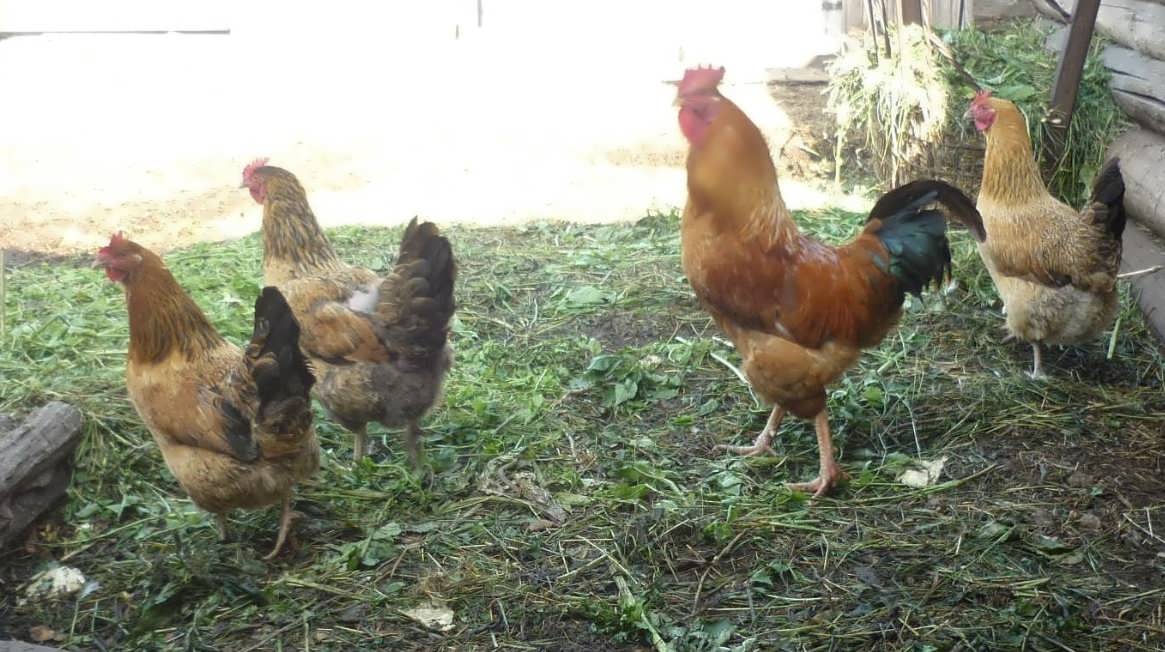
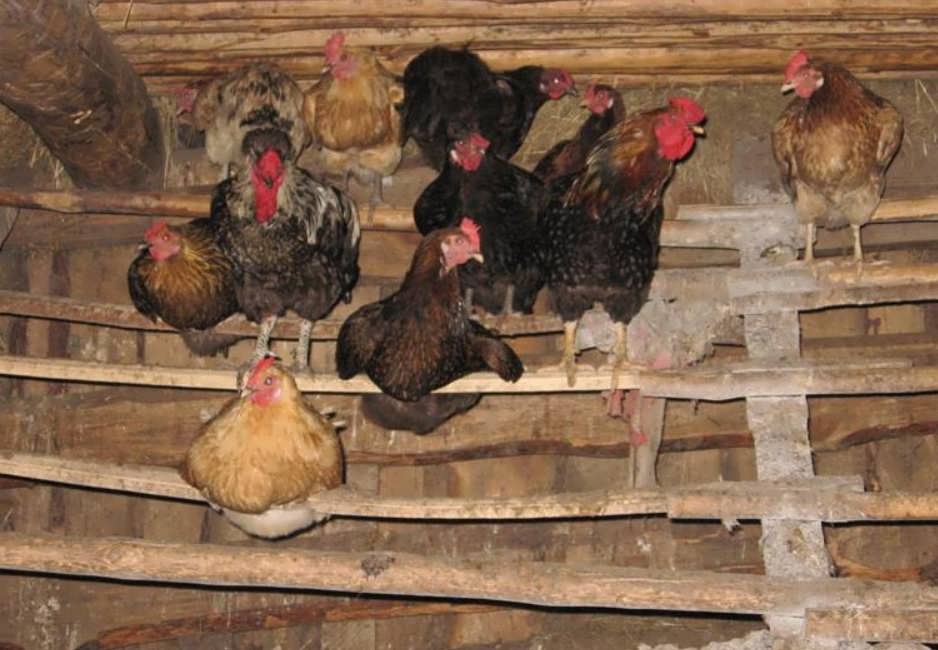
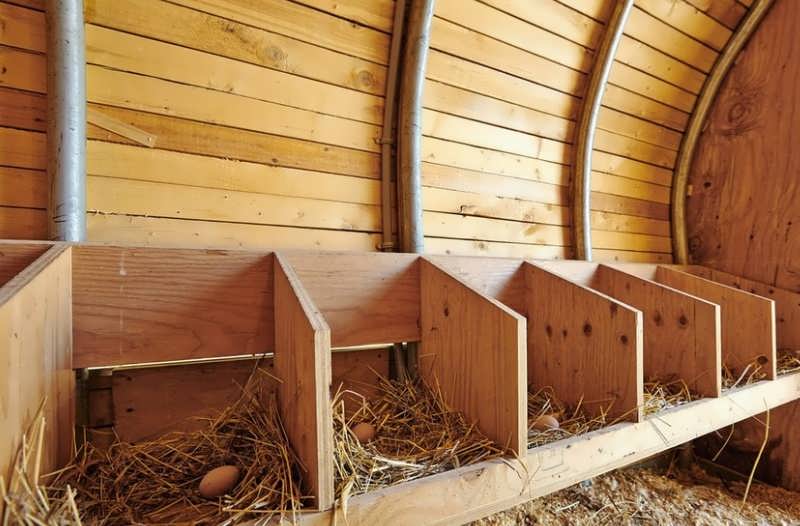
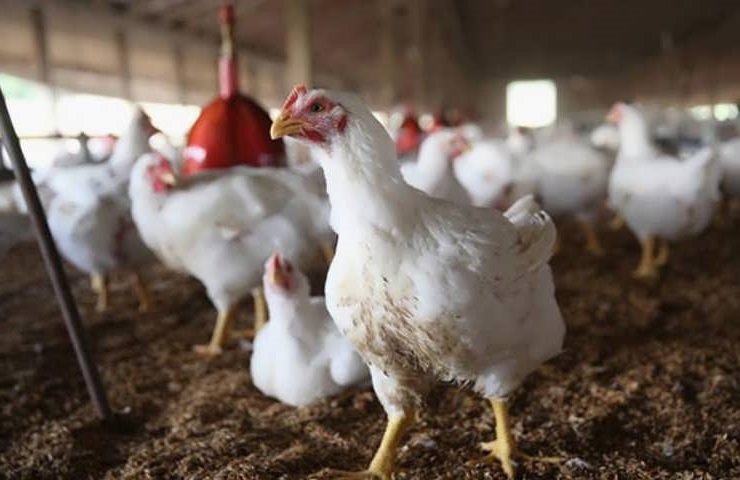
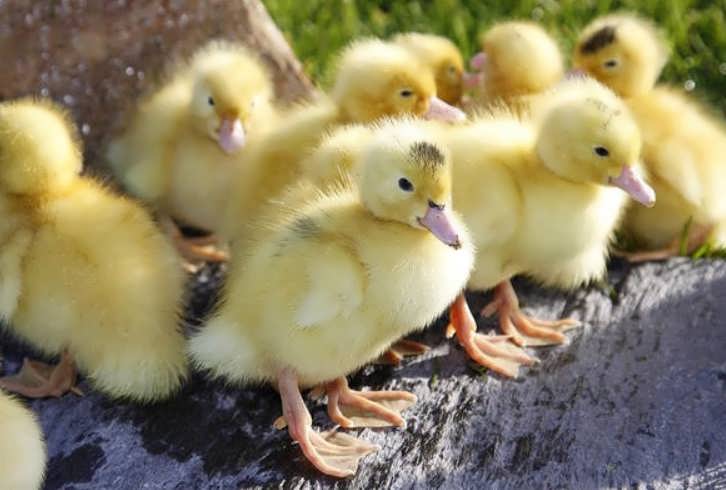

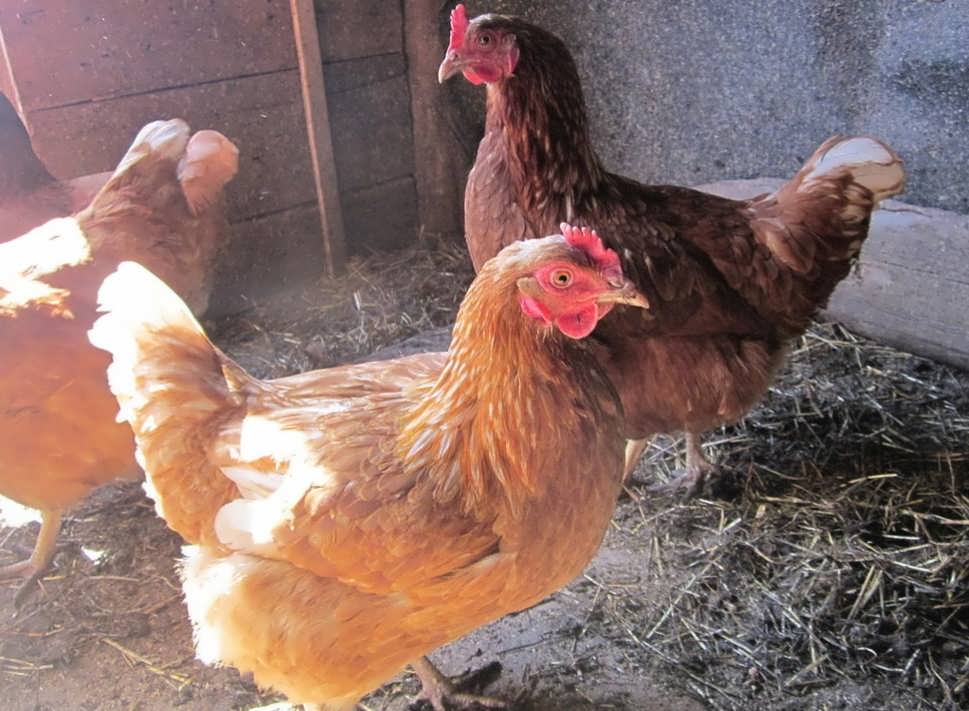
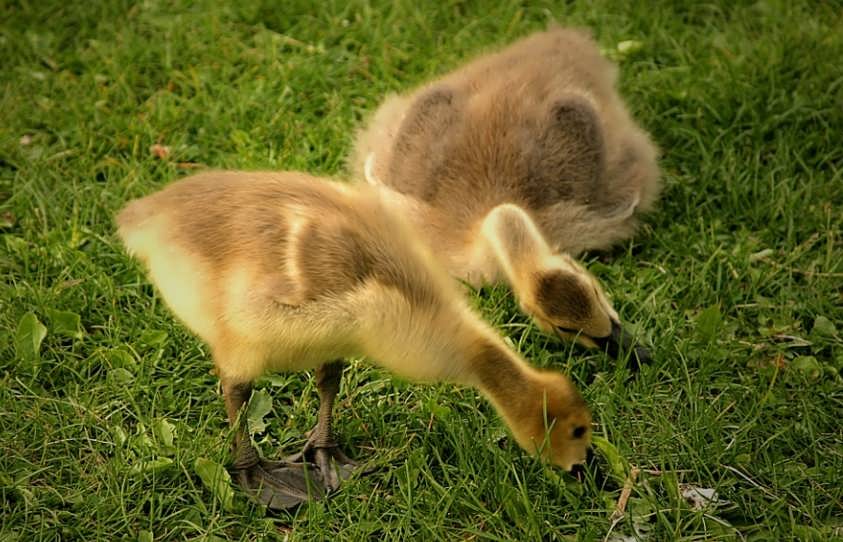
Now I know at what age laying hens molt, thank you.
I just started breeding chickens and such an aspect as changing the pen is new to me. I want to thank you for the tips in this article on how to help chickens change their feathers. I plan to put them into practice and I hope that all my chickens quickly change their feathers with my help.
Thank you for suggesting how chickens should be cared for so that there is a quick feather change. Now I will do everything right!
I have been breeding laying hens for a long time. But despite this, I learned a lot of useful things from your article. Thank you